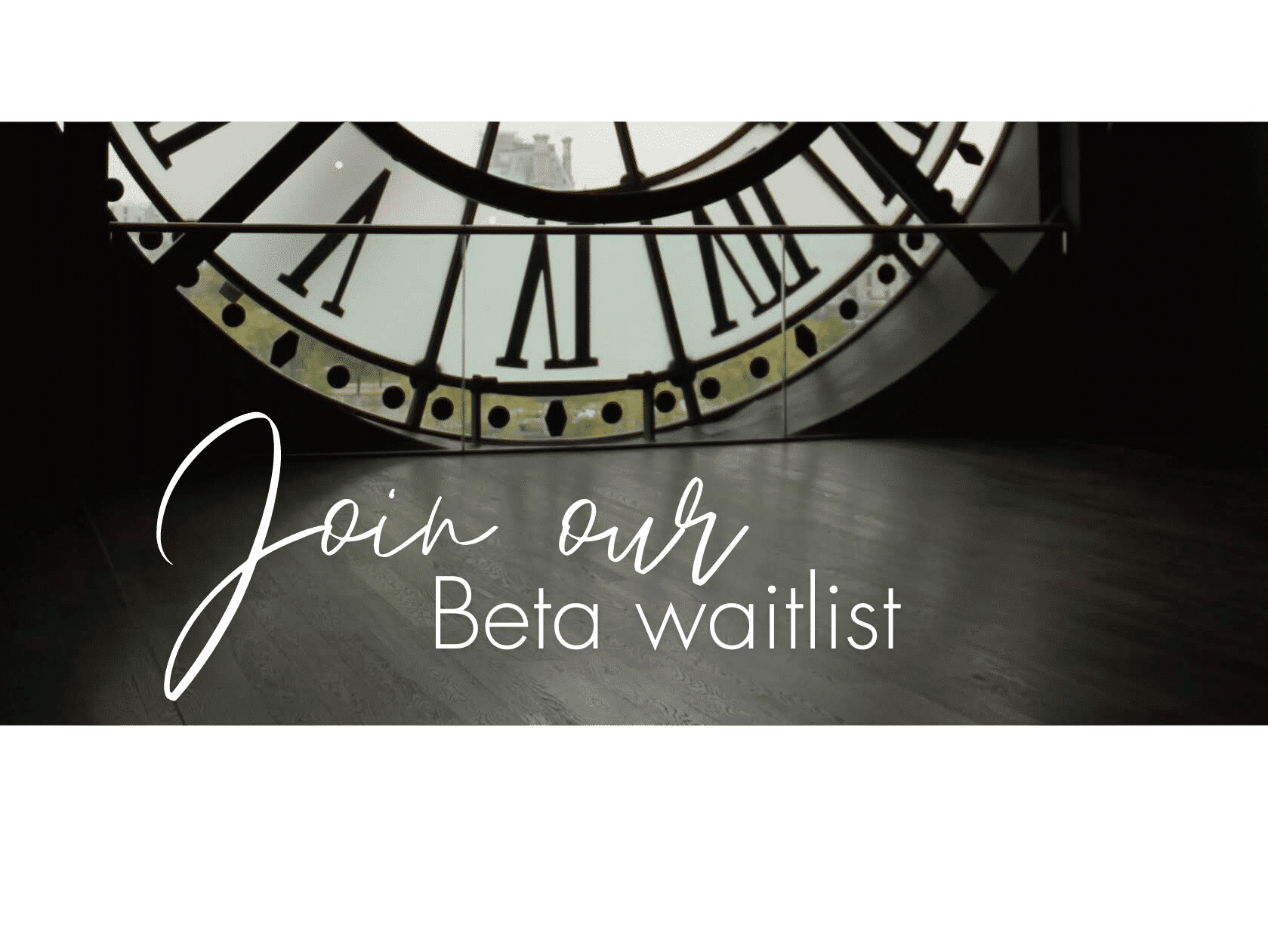
My next stop in our Working Assumptions series is networking. The first working assumption we make about networking is that it’s professional and therefore not personal. We are human, built for connection. That can be tricky in business, but how can we leverage that natural aspect of our human nature in our professional connections? How can we make our professional connections more human while retaining the boundaries and professionalism necessary for a successful career?
It’s a micro problem, not macro
Another assumption we make about relationships and networking is that we need to collect as many relationships as possible to succeed. Social media platforms spur this on by valuing quantity over quality. We all intuitively know this assumption to be false, as evidenced by the struggle many of us face to feel connected despite having hundreds or even thousands of online connections. But when asked what a random person to whom you are connected by social media actually needs right now or how you can solve any of their problems, you may likely come up short.
Social media getting it wrong
The goal of social media apps is to get advertiser dollars by keeping you scrolling, not to foster meaningful connections IRL. They likely won’t change this goal. What is missing is a mechanism for intentionality leading to action. Sure, we can respond back and forth, but much of social media prompts us to talk at the world rather than interact with the humans inside it.
After almost two decades of social media being part of our lives, these interactions have left us with a social disadvantage, both personally and professionally. Many of us lack understanding of how to be intentional in this world. We assume we know how everyone is doing based on their latest post and make negative assumptions like everyone’s too busy, only interested in a niche, or too important to talk to us.
If we do end up in a real-life interaction, we struggle to decipher cues and understand how to help. Sometimes we just forget to ask. We take things at face value and get frustrated when relationships don’t evolve. This fear, uncertainty, and doubt send us back to the false sense of safety in talking at people on social media, avoiding the messiness of actual connections. It’s an unhealthy cycle that I personally have found myself in.
What does a meaningful professional connection even look like
While your company is absolutely not your family, a meaningful professional connection does share traits with personal ones, such as trust, empathy, kindness, shared interests, and respect.
Many people come to me for guidance on breaking into tech careers or finding work after layoffs. They know leveraging their network is crucial. When I ask what networking means to them, many describe it simplistically: “If I go to enough tech meetups, I will meet someone who will hire me.” They lack the nuance to actualize that formula.
The nuance is that people want to work with authentic, caring individuals. Maybe your career will benefit from helping others, and maybe it won’t, but you’ll probably be happier if it comes from intrinsic motivation.
What can we do instead
Intentionality is key to truly engaging and building community. Action shows you are serious about something. Intentions toward action prove conviction and care. While a person can have misguided intentions, a foundation of caring makes intention-led actions valuable. Many people care but are stunted in taking necessary actions to express that care. Intention bridges caring to action.
For me, intention means making a plan and writing it down. If I write it down, I have to do it! It doesn’t go away until I check it off my to-do list. Being intentional in our networks means executing our plan to be caring members of our professional communities.
We are human and evolved to be in community. We need people, like it or not. In this age of growing AI focus, let’s embrace what makes us human, including our need for each other. When you reach out, others are reminded how good it feels to be in community and to be needed.
Handling negative or confusing networking experiences
This happens! How can we learn to trust our intuition, especially when we’re out of practice?
Take notes
Take notes on your interactions. Suppose you have a networking interaction that seemed positive on paper, but something didn’t add up.
Write down what factually happened
You don’t have to interpret anything here; just write down the facts:
We met for coffee. I asked about their family, their vacation, and segued into their job. They answered x, y, and z. I asked about the job their company is hiring for, but they gave a very short answer with few details.
How did you feel about the interaction
Now it’s time to write down how the interaction made you feel.
The small talk was great. It was fun to hear about their updates. We seemed to have a lot in common in our vacation values. When I asked about the job, their demeanor changed. Something was off in their tone, and I couldn’t pinpoint why.
Maybe this meeting was a fluke, or they knew someone else was a shoe-in for that role. But if you meet again, you may have a totally different feeling from the interaction.
Assess the relationship
The important thing is that you take note of the pattern of this relationship. Are the interactions generally positive or negative? Is there mutual care and consideration or are either of you being takers? Do you feel energized or drained by this person? Are you energizing them or draining them? How you feel about your interactions will hopefully lead you to insight about whether this is a relationship that you want to nurture.
Discover, Nurture, or Transition out of
Each networking relationship will fall into one of these categories. If you just met someone you connected with but don’t yet know how to continue, you’re discovering them. For example, invite them to coffee. If you have a solid, mutually supportive relationship, nurture it by setting a regular intention. For example, have a monthly 1-on-1 with a mentee. If a professional relationship is unhealthy, plan to transition out. For example, find a different team for one of your direct reports.
Conclusion
Intentionality is the key to positive professional networking. I would love to see more people embrace our humanity by bringing this very positive aspect of ourselves to business. No, we don’t think that companies are families or that we should be too emotionally tied to others in a professional environment, but if we can learn the art of bringing humanity to professional networking, then we will gain greater satisfaction in our careers, which ultimately leads to greater autonomy in our careers, which I’ll go into further in future posts.
And if you’re curious about tracking your networking relationships, click the banner below to sign up to be the first to hear about our Beta program!
